14 Wild Animals in Cuba [Wildlife in Cuba]
Want to know more about the wildlife in Cuba?
Discover 14 wild animals in Cuba in this post, as well as interesting facts about them. 🇨🇺
Learn All About Cuban Animals
Ready to learn all about Cuban animals?
I’ve always been fascinated by animals, and by how they can be so different from one country to another. In this guide, we’ll focus on the many animals Cuba has on the land, in the sky, and underwater.
I’ve split the guide into 4 categories:
- Native animals from Cuba
- Endangered animals of Cuba
- What is the Cuban national animal?
- How many animals native to Cuba?
Let’s dive in right away with our first category!
Native Animals from Cuba
Cuba is an American country located in the central part of the continent, in the northern Caribbean Sea, off the coast of Florida. It is made of a main island, known as the island of Cuba, as well as several little archipelagos, and it used to be a Spanish colony. It is situated next to the Bahamas, Hispaniola (Haiti and the Dominican Republic), the Cayman Islands, and Jamaica, and its biggest and capital city is Havana, which counts more than 2,130,000 inhabitants.
An interesting part of the country that I wanted to tackle is its wildlife. In light of that, I have listed the best of it, and I hope you will love learning what animals live in Cuba.
Here’s the Cuba animals list.
1. Cuban hutia
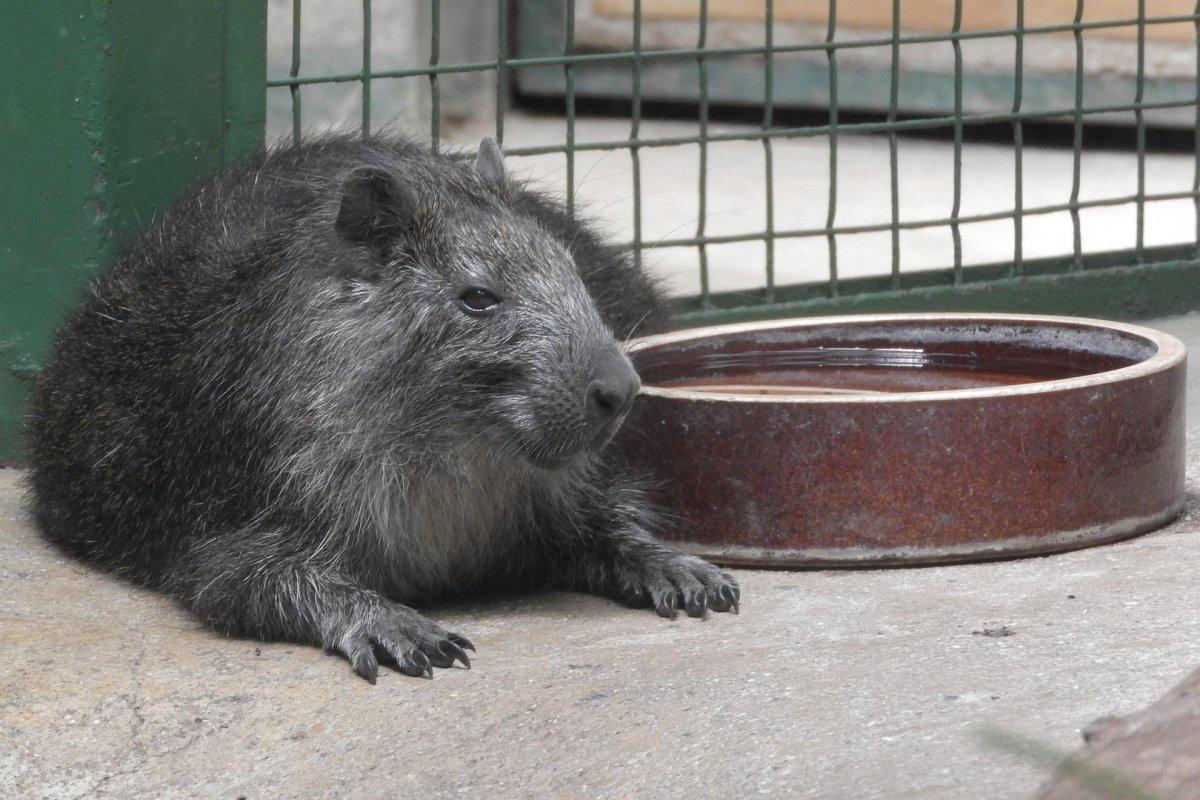
- Name: Cuban hutia
- Scientific name: Capromys pilorides
- Conservation status:
The Cuban hutia, also known as Desmarest’s hutia, is a species of large rodent endemic to Cuba. It can weigh up to 8.5 kg / 19 lb and is the largest living member of its family.
This hutia lives in a wide range of environments, from mangroves to mountainous areas. Though this animal can only be found on the island of Cuba, it is quite widespread there, particularly around the Guantanamo Bay Naval Base.
2. Cuban rock iguana
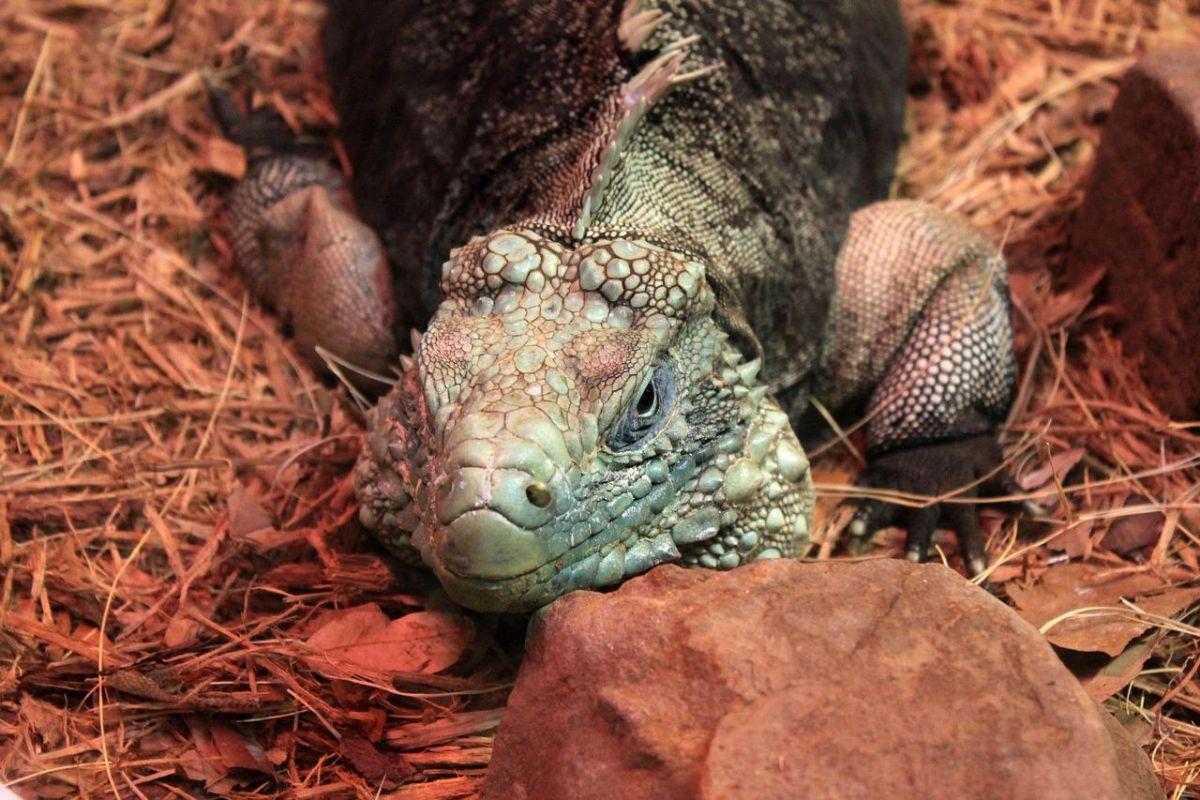
- Name: Cuban rock iguana
- Scientific name: Cyclura nubila
- Conservation status:
The Cuban rock iguana, also known as the Cuban ground iguana, is a species of lizard that belongs to the iguana family. It is part of the West Indian rock iguanas, a severely endangered group of animals, from which it is the second largest member.
This lizard is herbivorous and has spiked jowls, as well as a thick tail. It feeds on grasses and black mangroves, among other things, but some individuals were already seen scavenging the corpses of birds and fish, and even practicing cannibalism.
3. Goliath grouper
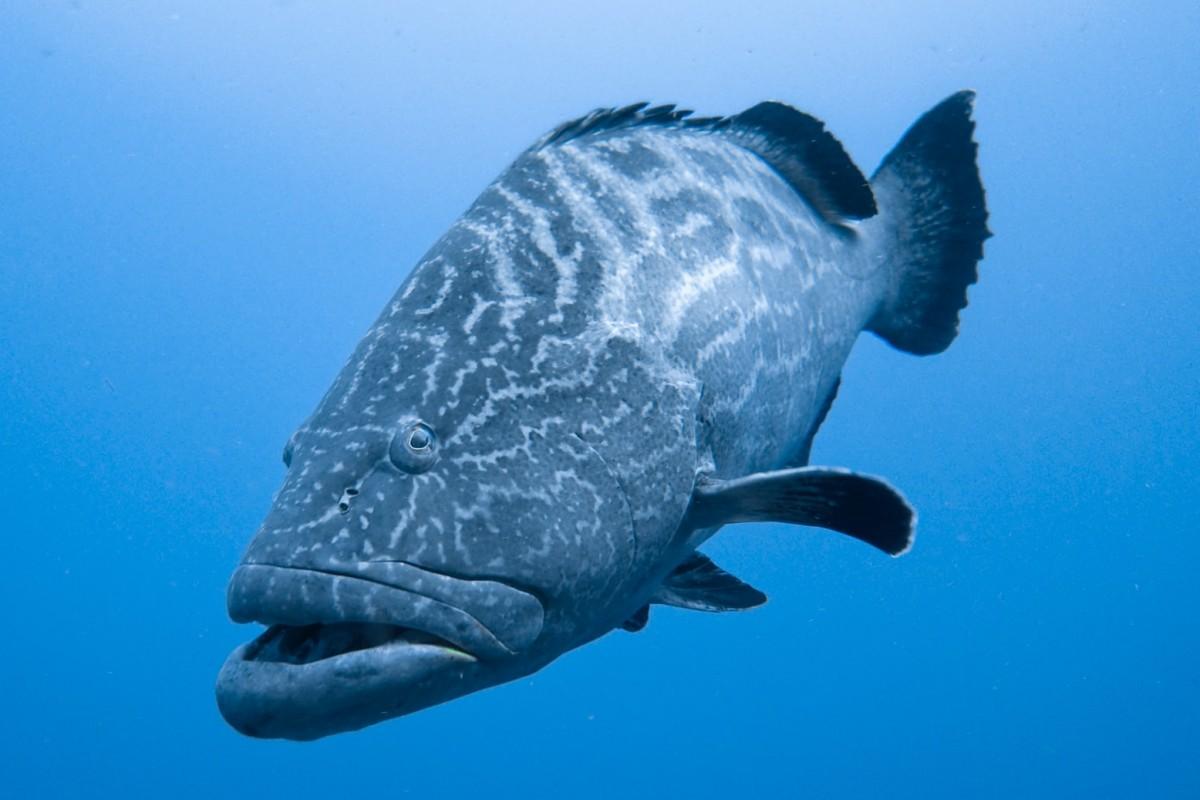
- Name: Goliath grouper
- Scientific name: Epinephelus itajara
- Conservation status:
The goliath grouper, also known as the itajara or the jewfish, is a species of saltwater fish native to the Caribbean Sea and the Atlantic Sea: because of this, it is often named the Atlantic goliath grouper.
It inhabits wrecks, oil platforms, artificial reefs, rocky reefs, as well as coral reefs. Mangroves are very important to this species, as it is where it breeds and raises its young.
4. Cuban boa
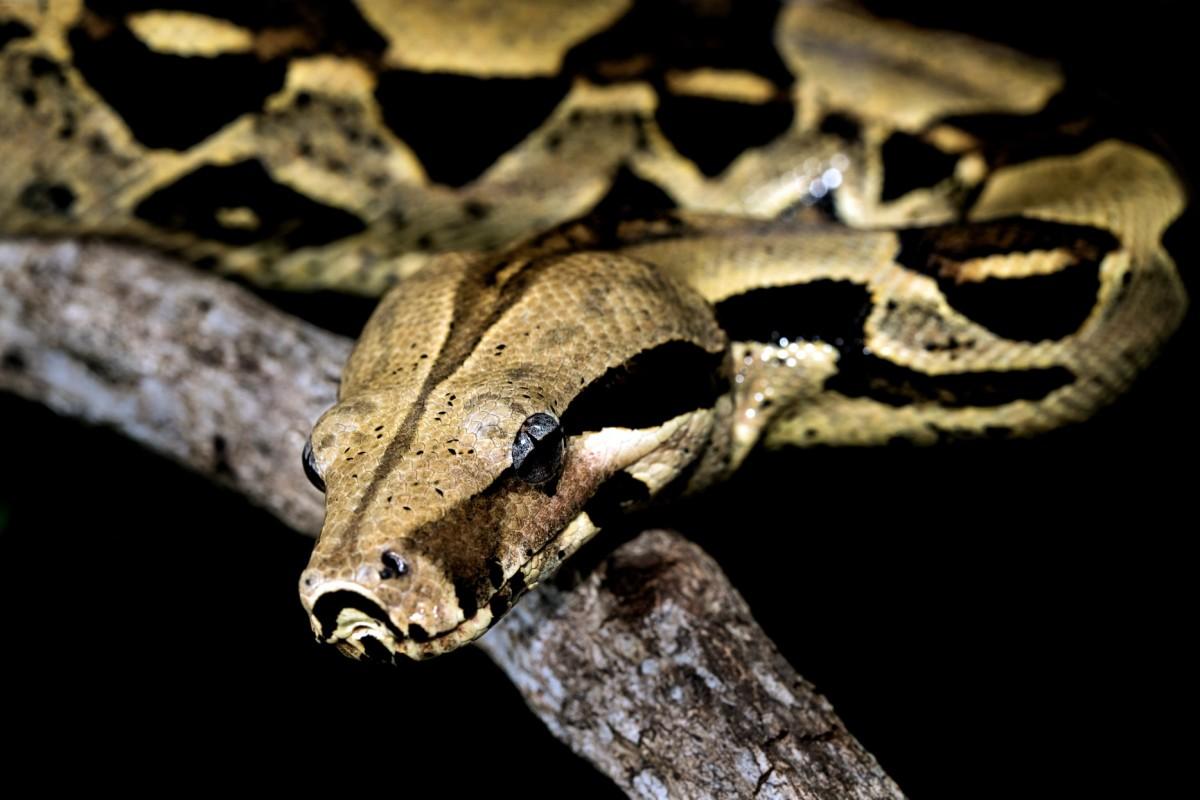
- Name: Cuban boa
- Scientific name: Chilabothrus angulifer
- Conservation status:
The Cuban boa, also known as the Cuban tree boa, is a species of snake native to Cuba and some neighboring islands, such as the Colorados Archipelago, Isla de la Juventud, or the Canarreos Archipelago.
This boa lives in various types of forests, from cloud forests to evergreen forests and even in rainforest areas. It is a large snake that majorly feeds on bats, small rodents and young birds, mice, and tortoises.
5. Hawksbill sea turtle
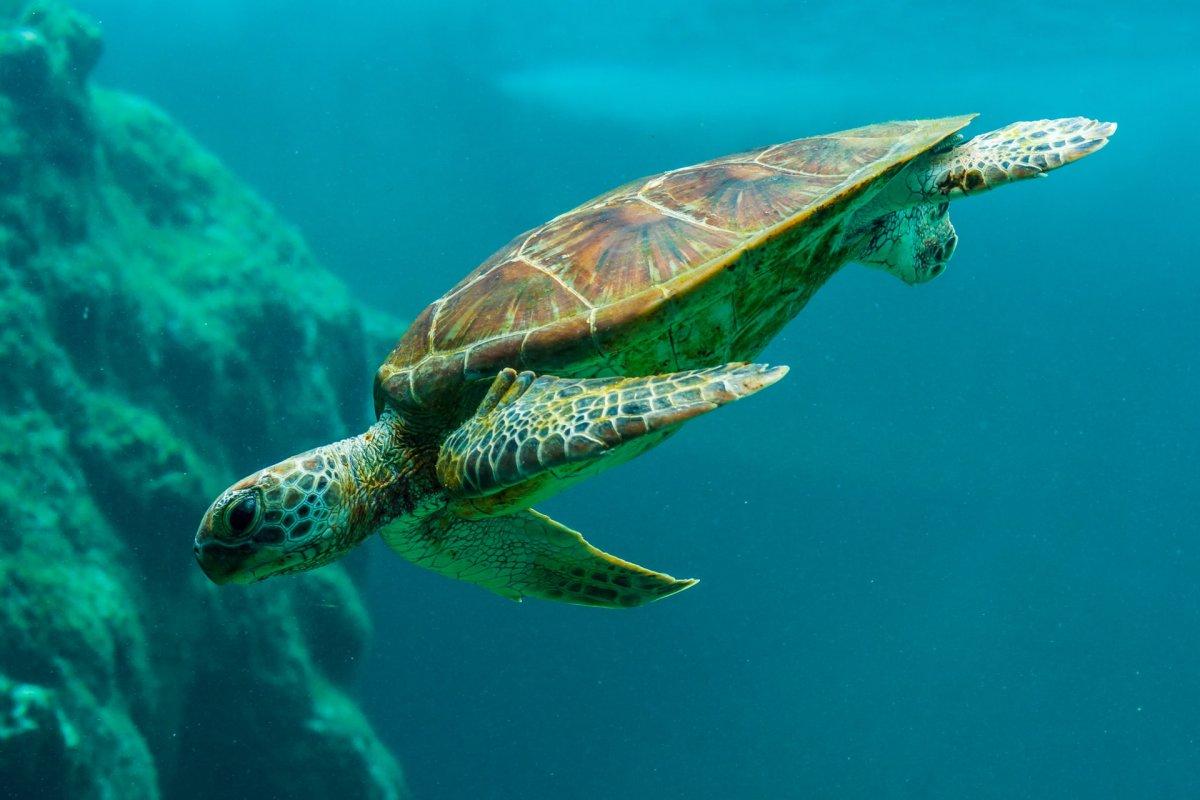
- Name: Hawksbill sea turtle
- Scientific name: Eretmochelys imbricata
- Conservation status:
Sea turtles are some of the most widely and severely endangered species on the planet. And, well, the hawksbill sea turtle is one of the most endangered ones, on the brink of extinction, due to fishing practices.
It can be found throughout all oceans of the planets, but particularly likes the Caribbean Sea and the Cuban beaches to nest there. Though it spends time in the open ocean, it usually prefers coral reefs and shallow lagoons.
6. Cuban tree frog
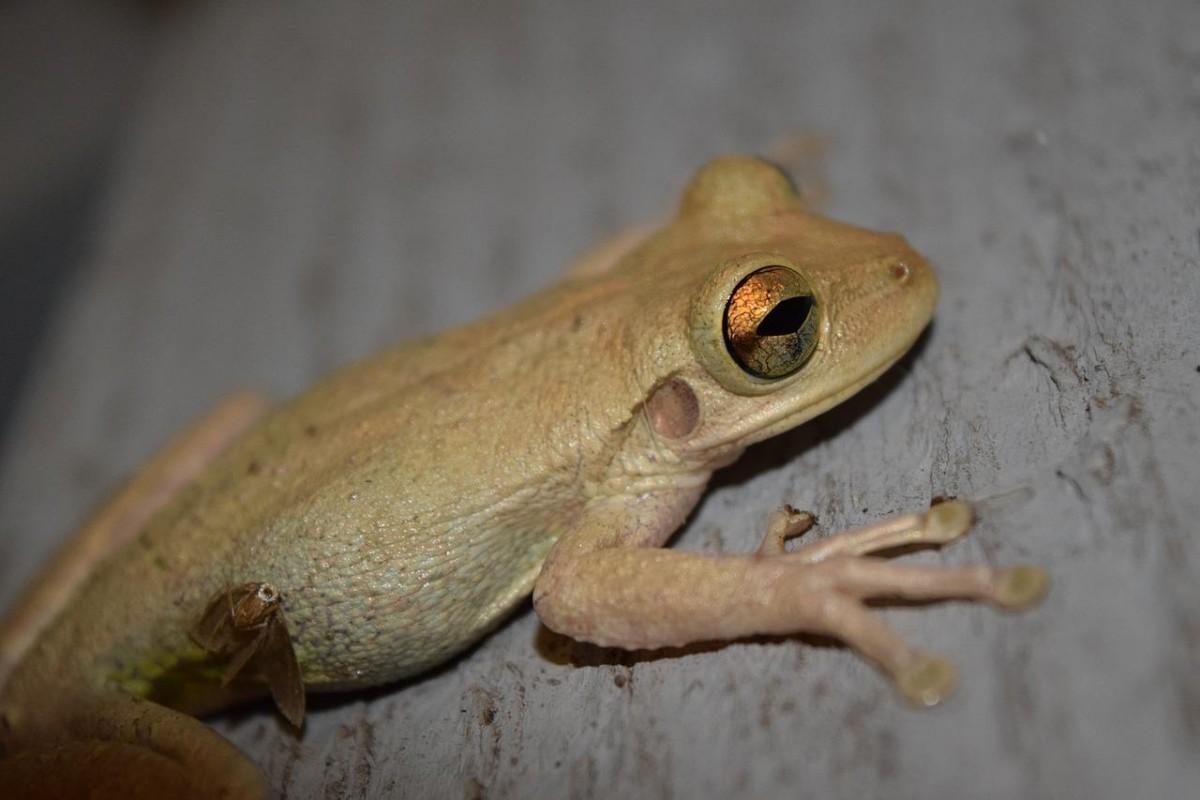
- Name: Cuban tree frog
- Scientific name: Osteopilus septentrionalis
- Conservation status:
You might not expect frogs in trees, but the Cuban tree frog will prove to you it is possible. It is a large species of tree frog native to Cuba, the Cayman Islands, and the Bahamas, but is considered a nuisance and an invasive species in other countries in the Americas.
Because of its large size, the Cuban tree frog can eat a wide range of prey, including other tree frogs, which is why it can be a danger to the local biodiversity.
7. Cuban crocodile
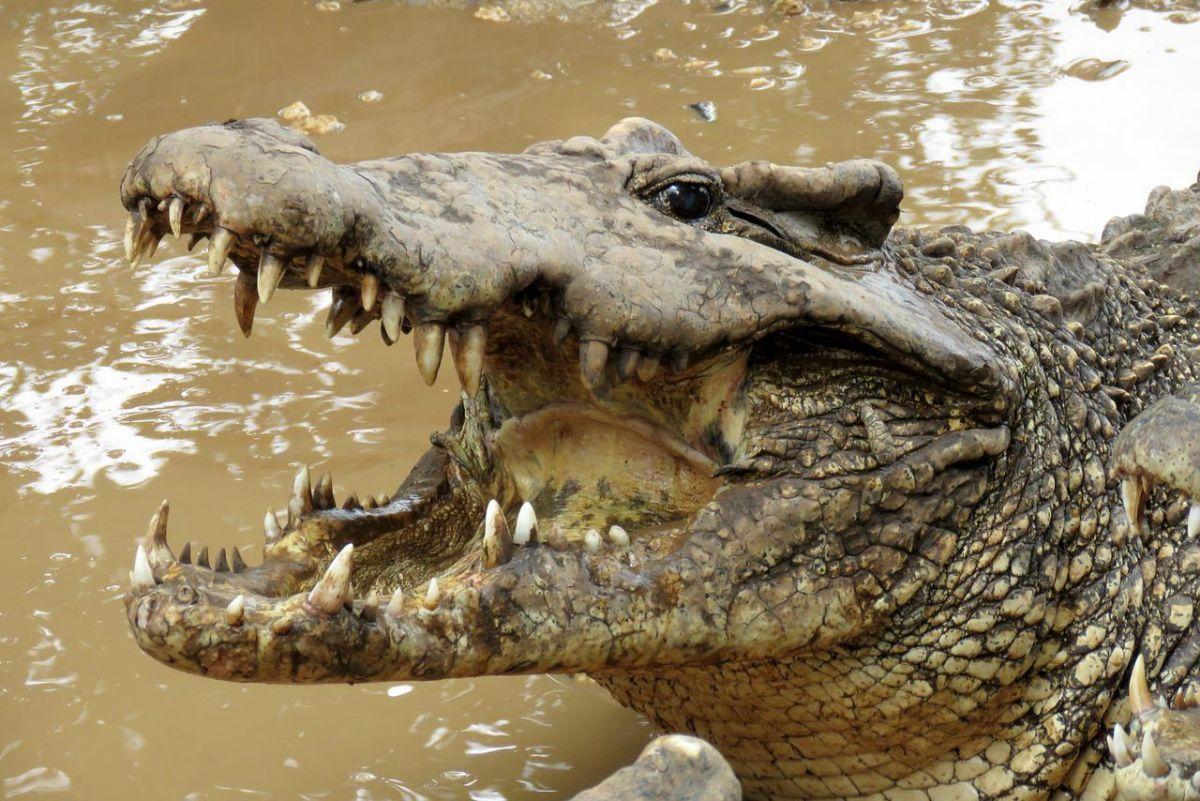
- Name: Cuban crocodile
- Scientific name: Crocodylus rhombifer
- Conservation status:
As you can see, Cuba has lots of endemic species, and the Cuban crocodile is another one of them. It is a small to medium species of crocodilian that is highly aggressive, and could very well be dangerous to humans.
It is one of the most interesting animals in terms of behavior, as it is the most terrestrial of all crocodiles. However, it is critically threatened by hunting for humans and could disappear in the next few years.
8. Antillean manatee
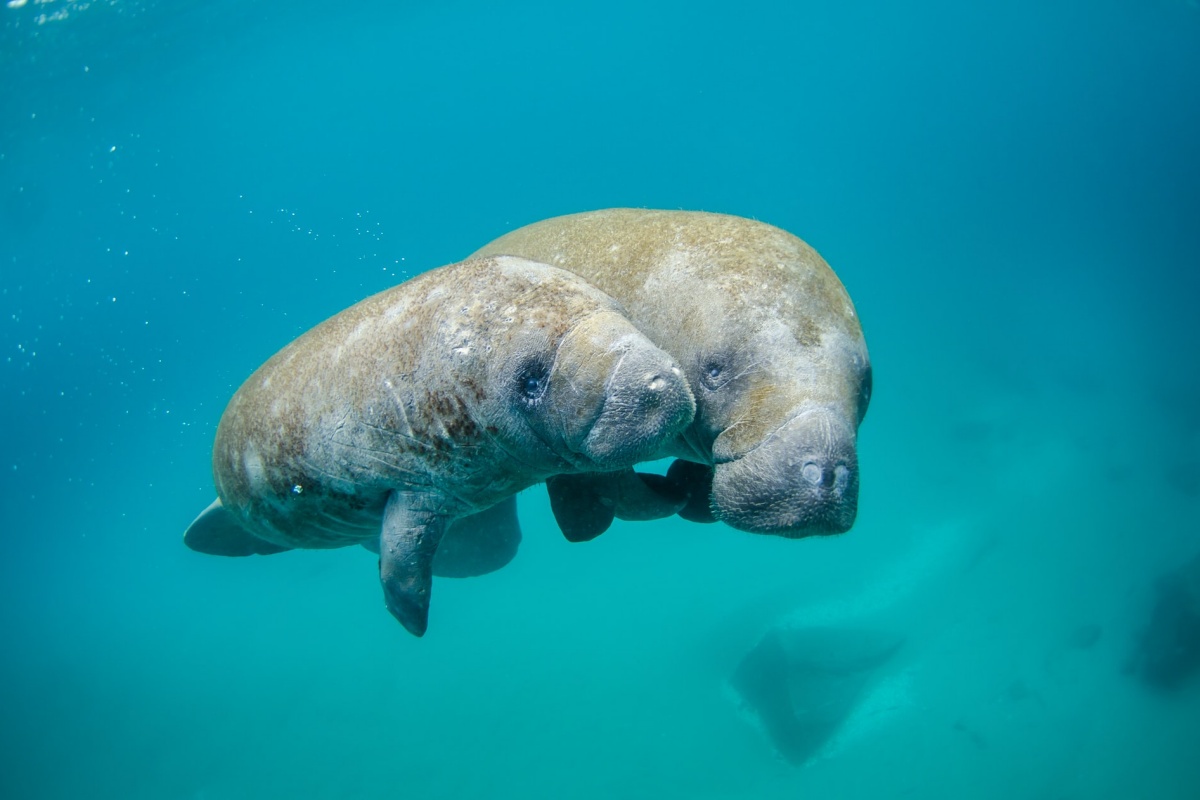
- Name: Antillean manatee
- Scientific name: Trichechus manatus
- Conservation status:
The Antillean manatee has many names: the West Indian manatee, the Caribbean manatee, and even the Florida manatee. What matters is that it is a species of manatee native to the Caribbean Sea and the coastline of northeastern South America.
It is the largest member of its order, “Sirenia”, and it is a herbivore. Interestingly enough, its entire body is covered with vibrissae that are very useful for navigation and feeding.
9. Butterfly bat
- Name: Butterfly bat
- Scientific name: Glauconycteris variegata
- Conservation status:
The butterfly bat, also known as the leaf-winged bat or the variegated butterfly bat, is a species of vesper bat that can be found in Cuba. While it is considered of least concern, for now, it is threatened by habitat loss.
This bat is quite small, and it lives in forested areas, but also savanna and grassy bushlands. It is of course nocturnal and spends the day roosting in trees in small groups of about ten animals.
10. French angelfish
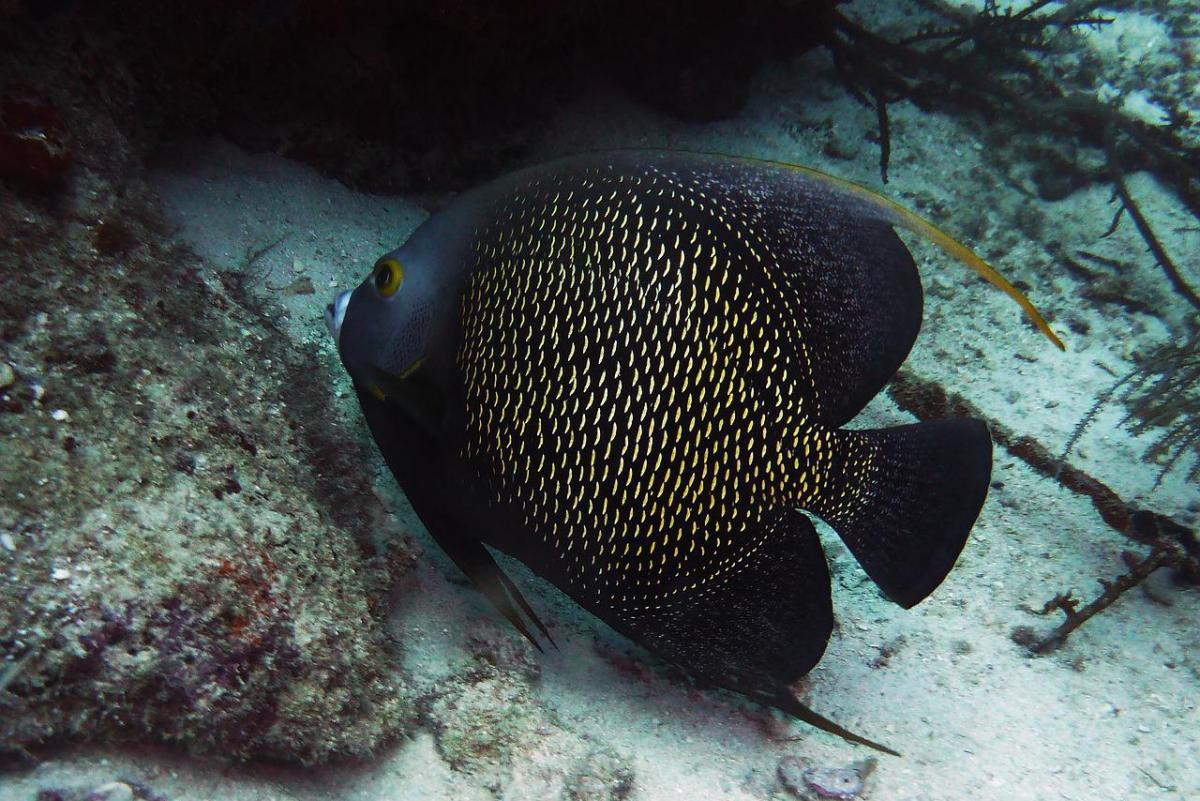
- Name: French angelfish
- Scientific name: Pomacanthus paru
- Conservation status:
The French angelfish… cannot be found in France. Instead, it inhabits the Western Atlantic Ocean (from New York to Brazil) and is a species of marine ray-finned fish, which is part of the angelfish family.
This angelfish can be quite easy to spot, as it lives at depths between 3 to 100 m / 9.8 to 328 ft, usually on coral and rocky reefs. It lives in pairs and mostly feeds on algae and sponges.
11. Cuban solenodon
- Name: Cuban solenodon
- Scientific name: Atopogale cubana
- Conservation status:
Locally known as “almiquí”, the Cuban solenodon is a species of mammal that belongs to the same family as hedgehogs. Very unusually, its saliva is toxic, and acts as venom! This is extremely rare among mammals.
This species can only be found in a very precise area on the planet, the mountainous forests in eastern Cuba. It is nocturnal and looks for insects and other animals on the forest floor.
12. Bee hummingbird
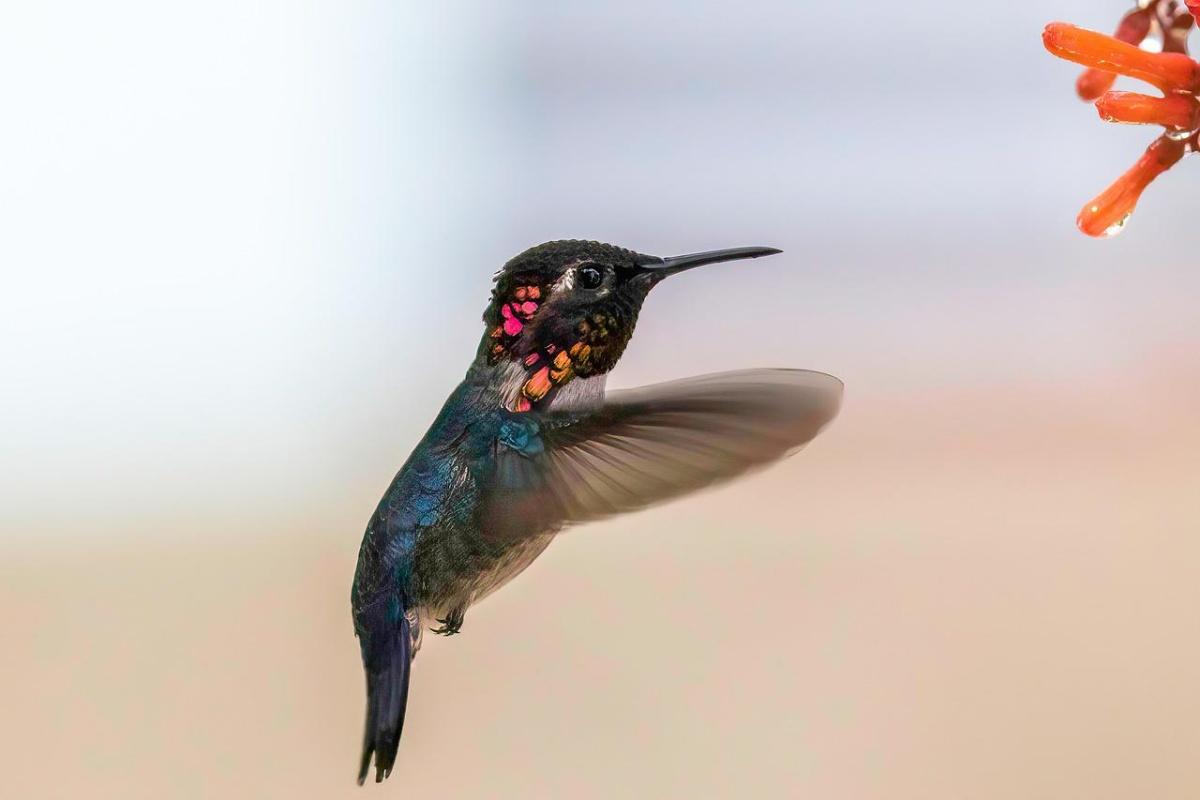
- Name: Bee hummingbird
- Scientific name: Mellisuga helenae
- Conservation status:
The bee hummingbird, also known as the Helena hummingbird or the zunzuncito, is a species of hummingbird native to the island of Cuba. It acts as a bee, interacting with flowers and, believe it or not, coevolving with them!
Also, the bee hummingbird is the smallest bird on the planet, measuring less than a human finger on average! Truly a wonderful creature.
13. Small Indian mongoose
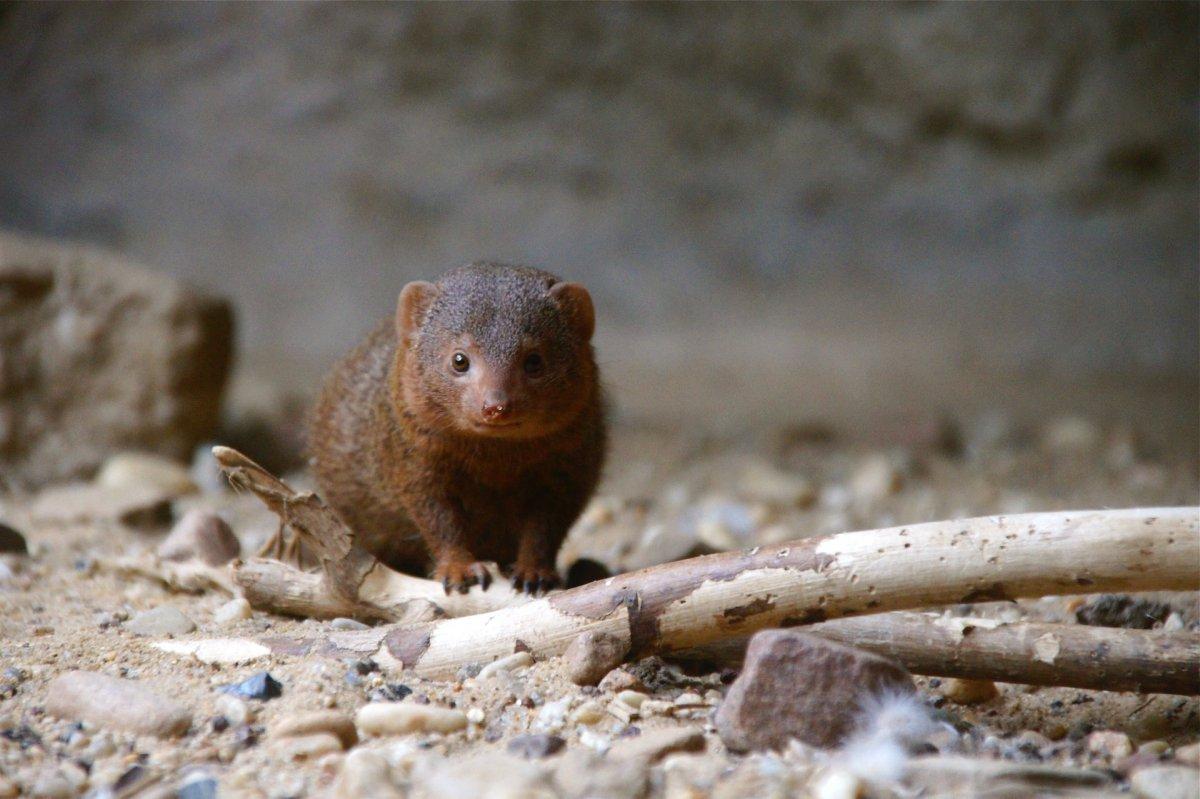
- Name: Small Indian mongoose
- Scientific name: Urva auropunctata
- Conservation status:
The small Indian mongoose indeed is native to India, but also Iraq and northern South Asia in general. How did it end up in Cuba? Like other Caribbean and Pacific Islands, Cuba saw the small Indian mongoose be introduced, and it is now thriving. While only 9 individuals were imported in 1872 to Jamaica to control the rat population on sugarcane plantations, these mongooses are now everywhere, from Hispaniola to Puerto Rico and the Virgin Islands.
14. Cuban parakeet
- Name: Cuban parakeet
- Scientific name: Psittacara euops
- Conservation status:
The Cuban parakeet is yet another endemic species to the island of Cuba. It is a species of parrot, and though it could be found on the Isla de la Juventud, south of Cuba, it was extirpated from it at the beginning of the 20th century.
This parrot naturally lives in dry forests, arable land, and dry savanna, and breeds seasonally. It nests in hollow trees or termite nests, and lays 3 to 5 eggs. While it used to be a very common species, it is now severely endangered by trapping for the caged bird trade and habitat loss.
—
So there you have them, these were my 14 Cuba native animals. I hope you enjoyed this list and that you learned something new today.
In case you want to learn more about the Cuban wildlife, feel free to keep reading, as I still have lots of things to tell you about:
Endangered Animals of Cuba
This is definitely the saddest part of the list, but it is very important to raise awareness. Because of this, let’s go through the list of endangered animals in Cuba.
Here are the animals in danger of extinction in Cuba.
- Western Cuban nesophontes
- Cuban macaw
- Oriente cave rat
- Cuban coney
- Torre’s cave rat
- and 3 more…
- Zapata rail
- Finca ceres anole
- Ivory-billed woodpecker
- Great hammerhead
- Smalltooth sawfish
- and 33 more…
- Blue-headed quail-dove
- Bonnethead shark
- Whitespotted eagle ray
- Fernandina’s flicker
- Caribbean reef shark
- and 84 more…
To see the full list of endangered species in Cuba, head over to the International Union for Conservation of Nature’s Red List.
What is the National Animal of Cuba?
The national animal of Cuba is the Cuban hutia.
Also known as the Desmarest’s hutia, this species of rodent is endemic to Cuba, and an extinct subspecies of it lived on the Cayman Islands. Not only does it have the most complex stomach of any rodent, which is quite interesting, but it is also the largest member of the hutia family, though the extinct giant hutias were much, much larger.
How Many Animals Native to Cuba?
What is the diversity of native animals in Cuba?
Let’s look at the total number of species of Chordata (mammals, birds, fishes, and reptiles).
Total number of animal species in Cuba: 2,093 (4,203 in total in the Caribbean Islands)
More About Animals in the World!
Loved these Cuba wildlife facts? Want to see what animals live in other countries?
Then check out these posts:
Or click here to see ALL the facts up on the blog! Spoiler alert: there’s A LOT of them.
Share the knowledge! Click on the buttons below to share information about these famous animals in Cuba with your friends, and help them learn more about the world 🙂
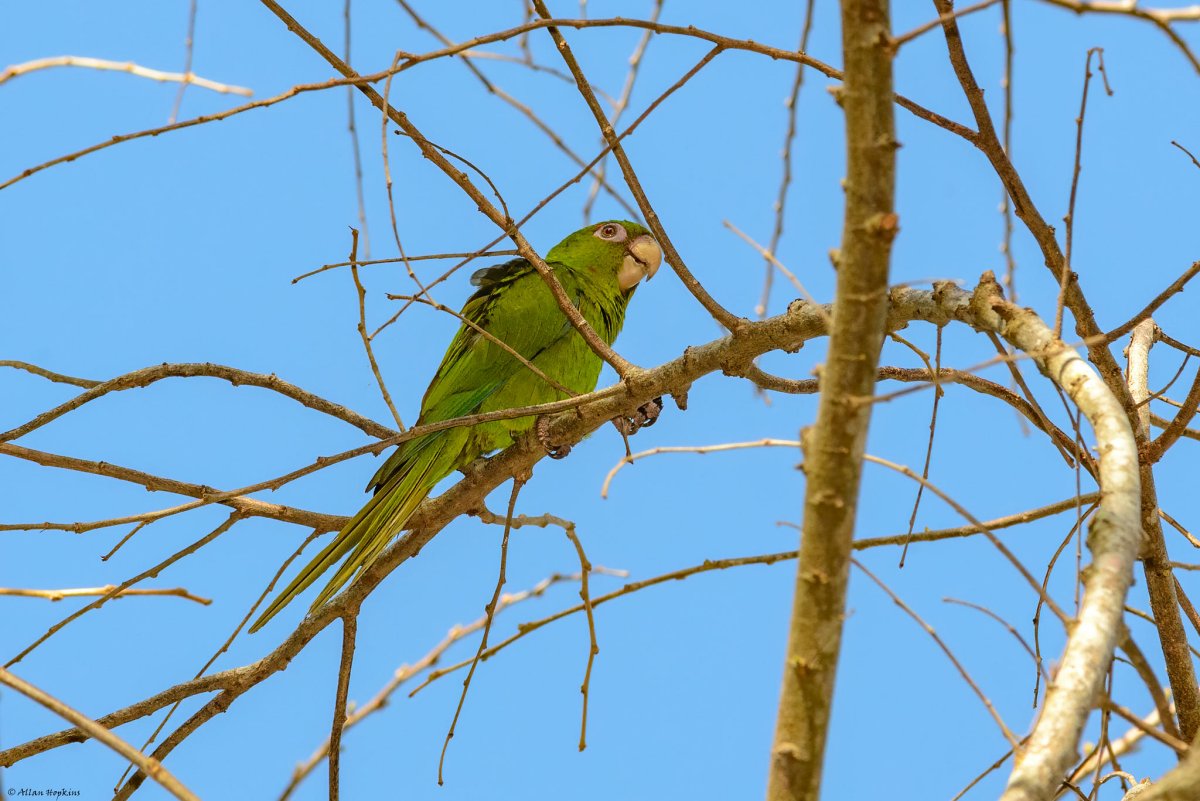

![8 Wild Animals in Palau [Wildlife in Palau]](https://www.kevmrc.com/wp-content/uploads/2023/01/the-8-wild-animals-in-palau.jpg)
![35 Wild Animals in Colombia [Wildlife in Colombia]](https://www.kevmrc.com/wp-content/uploads/2022/07/35-wild-animals-in-colombia.jpg)
![25 Wild Animals in Sweden [Wildlife in Sweden]](https://www.kevmrc.com/wp-content/uploads/2022/10/25-wild-animals-in-sweden.jpg)